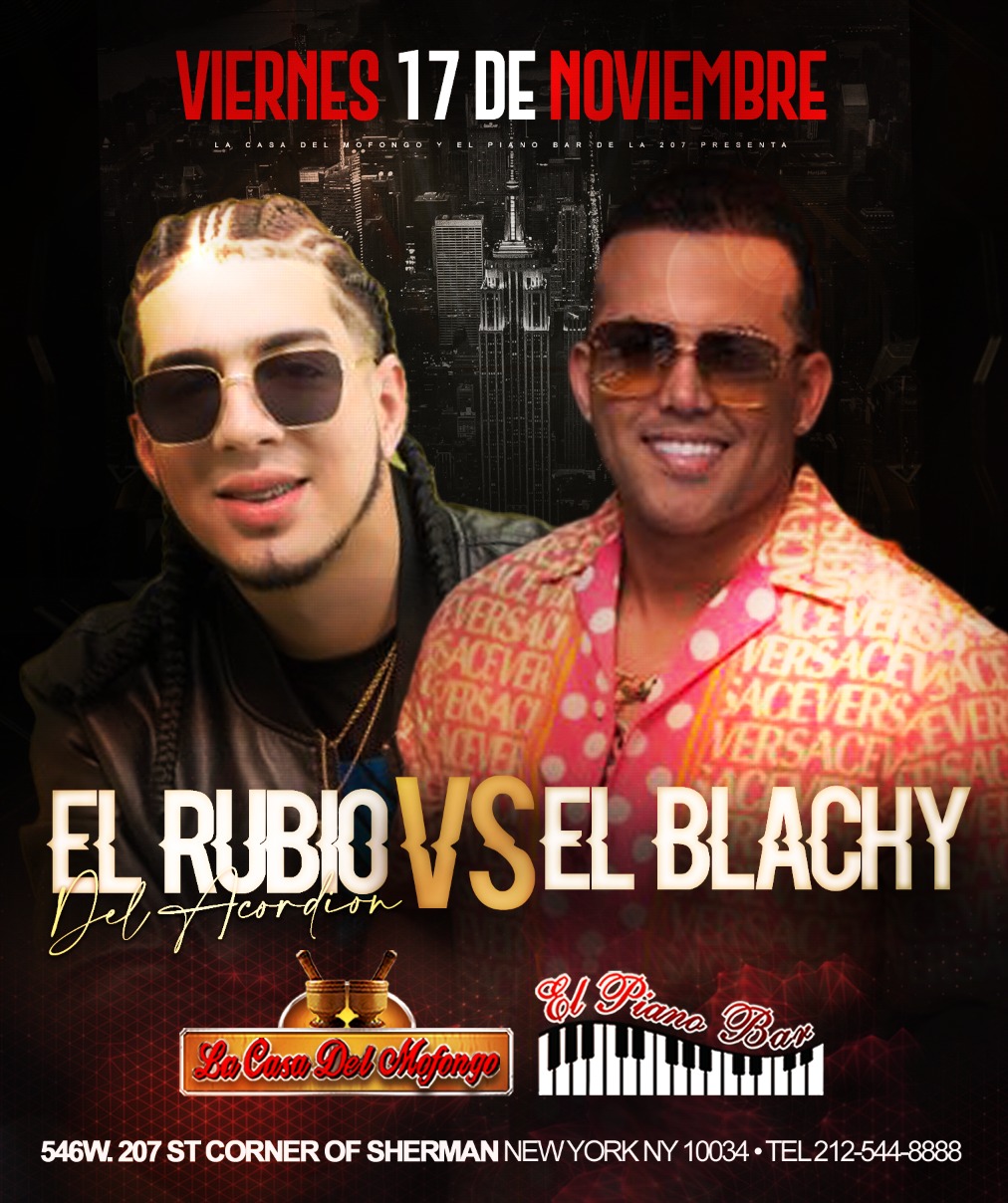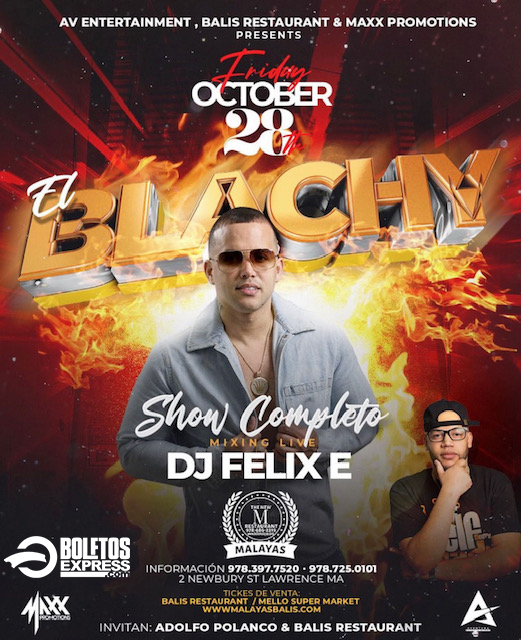So here we are, ready to uncover the secrets of El Blachy Age, a term that might sound unfamiliar to some but holds a world of meaning for those in the know. This era represents more than just music—it’s a cultural phenomenon that shaped the lives of many. Think of it as the golden period where art, music, and fashion collided in a way that’s unforgettable. If you’re here, you’re about to embark on a journey through time, one that will take you deep into the heart of this iconic movement.
Now, you might be asking yourself, "What exactly is El Blachy Age?" Well, buckle up because it’s not just a single event or a fleeting trend. It’s an era that redefined the way we consume music, interact with culture, and even express ourselves. From the streets of Barcelona to the global stage, this movement left an indelible mark. Let’s dive into the details and uncover what makes it so special.
Before we get too deep, let’s set the stage. El Blachy Age isn’t just about nostalgia—it’s about understanding the impact of a movement that continues to influence today’s artists, musicians, and creators. Whether you’re a fan of underground music, street art, or simply curious about cultural shifts, this article is your ticket to understanding the magic of El Blachy Age.
Read also:Catherine Ritchson The Rising Star Redefining Hollywoods Landscape
Table of Contents
- Introduction to El Blachy Age
- The History of El Blachy Age
- Music in El Blachy Age
- Cultural Impact
- Fashion Trends
- Key Figures in El Blachy Age
- Art and Visuals
- Legacy of El Blachy Age
- Modern Influence
- The Future of El Blachy Age
Introduction to El Blachy Age
Alright, let’s break it down. El Blachy Age isn’t just a phase—it’s a cultural revolution that took the world by storm. It’s a time when creativity knew no bounds, and boundaries were meant to be broken. This era was all about pushing limits, embracing diversity, and celebrating individuality. But what exactly sparked this movement? Let’s take a closer look.
Back in the late 2000s, the underground music scene in Barcelona began to gain traction. It wasn’t just about the music—it was about the vibe, the energy, and the people. Artists, musicians, and creators came together to form a community that thrived on innovation and authenticity. This laid the foundation for what would eventually become known as El Blachy Age.
One of the defining characteristics of El Blachy Age was its ability to transcend borders. It wasn’t limited to a single city or country; it spread like wildfire across the globe, inspiring countless others to join the movement. This era was all about inclusivity, and it welcomed everyone with open arms. It’s no wonder it left such a lasting impression on the world.
What Makes El Blachy Age Unique?
So, what sets El Blachy Age apart from other cultural movements? For starters, it was deeply rooted in authenticity. Unlike other trends that were manufactured or commercialized, El Blachy Age was all about real people expressing themselves in genuine ways. It was raw, unfiltered, and unapologetically true to its roots.
Another key factor was its emphasis on community. This wasn’t just a movement for the elite or the privileged—it was for everyone. People from all walks of life came together to celebrate their shared love for music, art, and culture. It was this sense of unity that made El Blachy Age so powerful.
Lastly, El Blachy Age was all about innovation. Whether it was through new musical genres, groundbreaking art, or cutting-edge fashion, this era was always pushing the envelope. It wasn’t afraid to experiment, and that’s what made it so exciting. If you were looking for something fresh and original, El Blachy Age was the place to be.
Read also:Thomas Jakes Jr The Rising Star Redefining Leadership And Faith
The History of El Blachy Age
Let’s rewind the clock and explore the origins of El Blachy Age. It all started in the bustling streets of Barcelona, where a group of young artists and musicians began experimenting with new sounds and styles. They were tired of the mainstream music scene and wanted to create something that truly reflected their experiences and emotions.
At first, it was just a small movement, but it quickly gained momentum. As more and more people joined in, the movement grew into a full-blown cultural phenomenon. By the mid-2010s, El Blachy Age had become a global sensation, with fans all over the world embracing its unique blend of music, art, and culture.
Key Moments in the Evolution of El Blachy Age
- 2008: The first underground music festival in Barcelona sets the stage for the movement.
- 2011: A new wave of artists emerges, bringing fresh perspectives and ideas to the table.
- 2015:El Blachy Age goes global, with festivals and events popping up in cities across the world.
These moments were pivotal in shaping the trajectory of El Blachy Age. They not only helped to solidify its place in history but also ensured that its legacy would continue to inspire future generations.
Music in El Blachy Age
Now, let’s talk about the heart and soul of El Blachy Age: the music. This era was all about experimenting with new sounds and genres, creating a musical landscape that was unlike anything that had come before. From electronic beats to acoustic melodies, the possibilities were endless.
One of the standout features of El Blachy Age music was its ability to blend different styles seamlessly. Artists weren’t afraid to mix and match genres, creating a sound that was both innovative and accessible. This approach resonated with audiences around the world, proving that music truly is a universal language.
Top Artists of El Blachy Age
- Juanita Vega: Known for her soulful voice and powerful lyrics, Juanita became a household name during El Blachy Age.
- Carlos Blanco: A pioneer in electronic music, Carlos helped to redefine the genre during this era.
- Maria Martinez: With her unique blend of traditional and modern sounds, Maria captivated audiences worldwide.
These artists, along with many others, played a crucial role in shaping the musical landscape of El Blachy Age. Their contributions continue to inspire musicians today.
Cultural Impact
El Blachy Age wasn’t just about music—it was a cultural movement that touched every aspect of life. From fashion to art, this era left an indelible mark on society. It encouraged people to embrace their individuality and express themselves in bold, creative ways.
One of the most significant impacts of El Blachy Age was its influence on social norms. It challenged traditional ideas about beauty, success, and happiness, paving the way for a more inclusive and accepting world. This era taught us that it’s okay to be different and that diversity is something to be celebrated.
How El Blachy Age Changed the World
So, how exactly did El Blachy Age change the world? For starters, it opened up new opportunities for artists and creators who were previously overlooked by the mainstream. It also sparked important conversations about identity, representation, and equality. By giving a voice to the voiceless, El Blachy Age helped to create a more just and equitable society.
Fashion Trends
When it comes to El Blachy Age, fashion was just as important as music and art. This era was all about self-expression, and clothing became a powerful tool for communicating one’s identity and values. From bold prints to avant-garde designs, the fashion of El Blachy Age was as diverse as the people who wore it.
One of the defining features of El Blachy Age fashion was its emphasis on sustainability. Designers began to prioritize eco-friendly materials and ethical production practices, setting a new standard for the industry. This shift not only helped to reduce the environmental impact of fashion but also encouraged consumers to think more critically about their purchasing decisions.
Iconic Looks of El Blachy Age
- Denim Everything: From jackets to jeans, denim was a staple of El Blachy Age fashion.
- Vintage Vibes: Thrifted pieces were all the rage, adding a unique touch to any outfit.
- Bold Colors: Bright hues and eye-catching patterns were everywhere, reflecting the vibrant energy of the era.
These trends not only defined the fashion of El Blachy Age but also influenced the styles we see today.
Key Figures in El Blachy Age
Every great movement has its leaders, and El Blachy Age was no exception. From musicians to artists, these individuals played a crucial role in shaping the era and leaving a lasting legacy. Let’s take a look at some of the key figures who made El Blachy Age what it was.
Biography: Carlos Blanco
Carlos Blanco was a trailblazer in the world of electronic music. Born in Barcelona in 1985, he began experimenting with music at a young age, eventually becoming one of the most influential figures in El Blachy Age.
| Name | Carlos Blanco |
|---|---|
| Birthdate | March 15, 1985 |
| Occupation | Musician, Producer |
| Notable Works | "Echoes of the Night," "Digital Dreams" |
Carlos’s contributions to El Blachy Age were immense, and his influence can still be felt in the music of today.
Art and Visuals
Art played a vital role in El Blachy Age, providing a visual representation of the era’s themes and values. From street art to digital designs, this movement embraced all forms of artistic expression. It was a time when creativity knew no bounds, and artists were encouraged to push the limits of what was possible.
One of the most exciting aspects of El Blachy Age art was its ability to engage with the public. Street art, in particular, became a powerful tool for communication, allowing artists to share their messages with a wide audience. This democratic approach to art helped to democratize culture itself, making it more accessible to everyone.
Notable Artworks of El Blachy Age
- "The City in Motion": A mural that captures the energy of urban life.
- "Digital Horizons": A digital installation that explores the intersection of technology and art.
- "Voices of the People": A series of portraits that celebrate diversity and individuality.
These works, among many others, helped to define the artistic landscape of El Blachy Age.
Legacy of El Blachy Age
As we look back on El Blachy Age, it’s clear that its impact will be felt for generations to come



